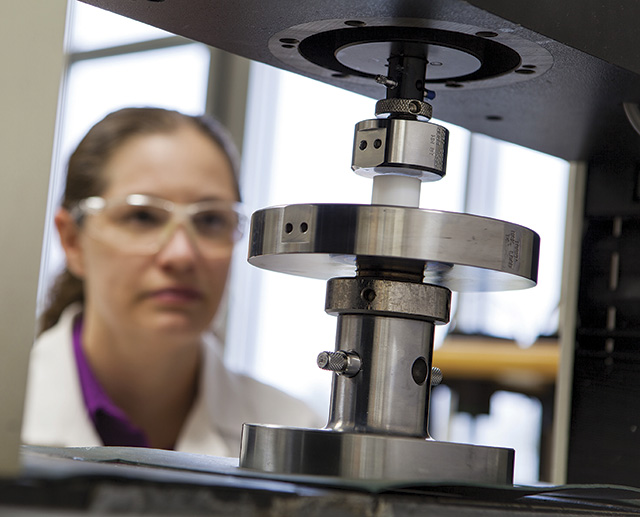Sealing systems can play a vital role in equipment performance and are considered critical components in the validation process of a design. Engineers should closely examine the sealing systems used in their equipment, because they do everything from preventing seal leakage and extending hydraulic cylinder life to lowering dynamic friction and controlling hydraulic motor position.
Component designers must contend with extreme wear conditions and harsh chemicals. In addition, they must meet tight tolerances and factor in significant vibration and high pressures. Many variables can affect sealing capabilities, and their impact can vary greatly depending on the sealing application. Manufacturers and users are often challenged to balance resources properly when addressing what could be substantial sealing issues. Issues with the sealing system can affect performance significantly and may lead to decisions in the validation process that produce erroneous or misleading results or consume excessive resources.
So, what are the right methods to properly address the validation of sealing systems?
 Image 1. Seals play an important role in overall equipment functionality, and validating seals is part of a successful system. (Images courtesy of Trelleborg Sealing Solutions)
Image 1. Seals play an important role in overall equipment functionality, and validating seals is part of a successful system. (Images courtesy of Trelleborg Sealing Solutions)Seal System Verification
Verification and validation of a system design process are independent procedures that are used to ensure that a system meets the intended specifications, requirements and objectives. They provide assurances that reliability and performance will be maintained over the life of the process. Equipment manufacturers want to minimize the cost of validation without jeopardizing any requirements. The validation process delivers a comprehensive understanding of the risks or liability associated with the process and gives insight into many of the influences on the system's performance.
Systems validation requires considerable planning. Any mistakes in planning can lead to falsely validating systems. The product could then have to be redeveloped, or it could be launched with poorly understood behavior.
For instance, seal leakage can affect cylinder or actuator life, which can be a vital part of operations, controlling valves in every area, and managing the flows of water, gas or chemicals. Another example is sealing system friction, which can affect position control. Since sealing system performance and process performance are directly linked, the validation of sealing system performance plays a crucial role in process validation procedures.
 Image 2. An engineer completes a compression test to ensure performance.
Image 2. An engineer completes a compression test to ensure performance.Process Validation
More than a series of tests, validation is a process. It begins with identifying areas of concern, continues with testing, and is completed with an analysis and verification of results. However, during design validation or development, market forces and conditions do not always allow for all the possible paths to be considered. The balance of risk, such as risk of failure mode or system functionality loss and associated liability, is crucial to the decision-making process. In scenarios where time and cost associated with validation are limited, it is prudent to take into account the right seal functionality considerations in the equipment.
Process Workflow
The process flow during a validation exercise incorporates all significant factors for consideration. Even though the amount of crucial elements to consider for a sealing system may seem overwhelming, many of these factors provide a practical approach and flow. Incorporating these important factors can reduce common mistakes and duplicate common successes.
For starters, effective communication between the sealing supplier and the end user as well as subsequent thoughtful and planned action is beneficial. While this approach requires more effort up front, the reward is a significantly reduced chance of a negative outcome later.
Taking the critical elements of seals and bearings into account before the testing phase of the validation process will optimize the return on investment. The end result is better overall performance of the process.
Effective Use of Validation Flow
Knowledge of the elements of the sealing system, such as seals, bearings and wipers, is critical to success. Engineers should first determine how to validate each component, then determine the criteria for success or failure. Finally, they should create a list of activities and criteria to meet these standards.
A Learning Process
To avoid a faulty product launch or a redevelopment, clear communication between the end user and supplier is critical. The results often save labor, machine time and development costs.


